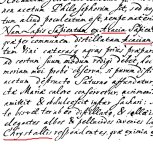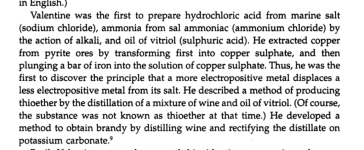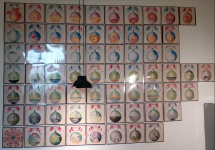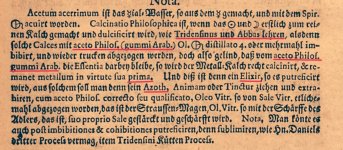B.Valentinus
Esteemed member
I am trying to decipher a 17th century Tek if anyone has any suggestion please comment below.
Its clear from the text that Acacia, Vinegar and spirit of wine are used.
"It is fitting for you to know that this vinegar is not the vinegar of Philosophers, but our vinegar is something else, indeed a drinkable substance, namely the material itself. For the Stone of the Wise is made from the Acacia of the Wise, which must first be prepared through the common distillation of Acacia, Spirit of Wine, and other waters, and must be reduced to its specific measure. Remember this well in memory of me, if pure distilled vinegar is poured upon destroyed Saturn, and preserved with the warmth of Saint Mary, it loses its acridness and becomes sweet like sugar. For with the vinegar distilled once or twice from it, and placed in the cellar, you will find elegant white and translucent stones, resembling crystals."
Its clear from the text that Acacia, Vinegar and spirit of wine are used.
"It is fitting for you to know that this vinegar is not the vinegar of Philosophers, but our vinegar is something else, indeed a drinkable substance, namely the material itself. For the Stone of the Wise is made from the Acacia of the Wise, which must first be prepared through the common distillation of Acacia, Spirit of Wine, and other waters, and must be reduced to its specific measure. Remember this well in memory of me, if pure distilled vinegar is poured upon destroyed Saturn, and preserved with the warmth of Saint Mary, it loses its acridness and becomes sweet like sugar. For with the vinegar distilled once or twice from it, and placed in the cellar, you will find elegant white and translucent stones, resembling crystals."










